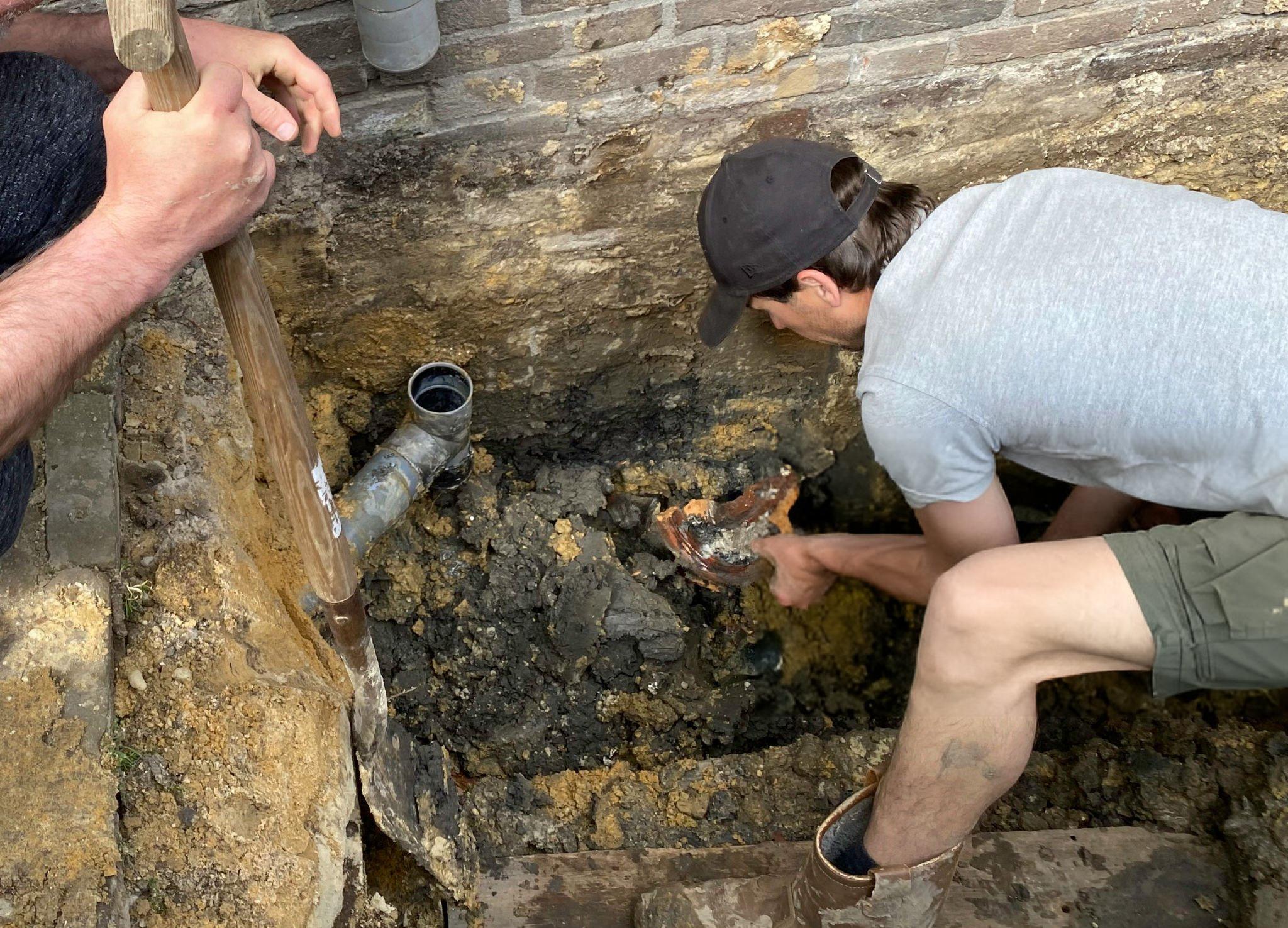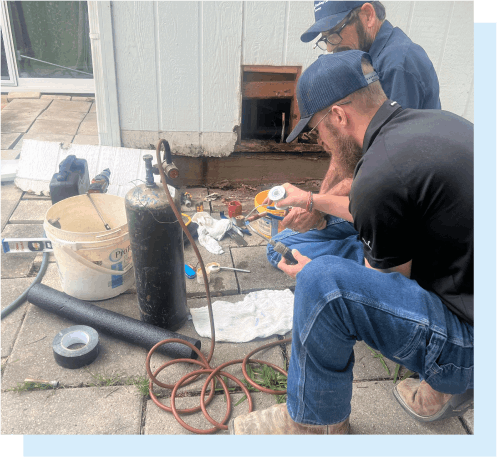Taking care of your water heater might not always be at the top of your to-do list, but a little attention goes a long way. Especially in San Antonio, where a reliable hot water supply makes all the difference. From long showers to efficient dishwashing, hot water is key to keeping a household running smoothly. Let’s explore some simple maintenance steps that can help extend the life of your water heater, saving you from unexpected cold showers and expensive repairs.
When you give your water heater the care it needs, you’re not just avoiding potential problems—you’re making sure it serves you well for years to come. Routine maintenance can prevent issues before they turn into major headaches. And the good news is, it doesn’t take much to keep your water heater in tip-top shape. With the right attention now, you can enjoy worry-free hot water when you need it most.
Regular Inspections
Staying on top of your water heater’s condition is essential for avoiding trouble down the line. By scheduling annual professional inspections, you ensure small issues are caught before they snowball into costly repairs. During these inspections, technicians will closely examine the key components of your water heater, checking for wear and tear, corrosion, and any potential signs of trouble.
Here’s what a typical inspection might cover:
– Checking the thermostat to ensure it regulates the temperature correctly.
– Examining the tank for signs of rust or leaks.
– Assessing the pressure relief valve to confirm it’s functioning properly.
– Reviewing the anode rod, which is vital for preventing rust inside the tank.
– Ensuring all electrical or gas connections are secure and working efficiently.
When potential problems are caught early, you not only save money on repairs but also prevent inconvenient breakdowns. Remember, a water heater that runs smoothly also costs less to operate, saving you money on energy bills. Set a reminder to book your inspection once a year, ideally before the winter months set in. This practice not only supports the longevity of your heater but also adds to the comfort and convenience of your San Antonio home.
Flushing the Tank
One maintenance task that can greatly impact your water heater’s performance is flushing the tank. Over time, minerals and sediment from the water can accumulate at the bottom. This buildup not only reduces the heater’s efficiency but can also lead to premature wear. It’s a bit like when too much dirt clogs up the drain in your sink; it just doesn’t work right.
Here’s a simple guide to understanding the process:
- Shut off the water supply and power to the heater.
- Attach a garden hose to the drain valve at the bottom of the tank.
- Direct the hose to a safe drainage location, like outside, to avoid flooding the area.
- Open the drain valve and let the water (and sediment) flow out.
- Close the valve, remove the hose, and refill the tank by turning the water supply back on.
- Once the tank is full, restore the power and test the heater to ensure everything is working smoothly.
While flushing your tank might feel manageable, it’s often best to call in a professional to handle it, ensuring everything is done safely and effectively. If you’re unsure, remember that hiring a pro not only ensures a thorough job but also provides peace of mind.
Taking these simple steps can help your water heater last longer and work more efficiently, so don’t let those minerals set up camp in your tank. Keep it clean, and you’ll enjoy hot water when you need it most.
Checking and Replacing Anode Rods
An often overlooked but important component of a water heater is the anode rod. This unsung hero works tirelessly to prevent corrosion inside the tank, essentially acting as a sacrificial element. It draws corrosive elements to itself, sparing the tank from rust and damage. If the rod wears out, your water heater becomes vulnerable to corrosive damage.
Here’s how to keep an eye on the anode rod:
- Check the rod at least once every two years, or have a professional do it during an annual inspection.
- If the rod is less than half an inch thick or has heavy scaling, it’s time for a replacement.
- Look for signs of corrosion on the rod; any severe corrosion means it’s doing its job but needs replacing soon.
Keeping the anode rod in good condition can significantly extend the life of your water heater. Think of it as a small investment in time and money that saves you from the larger cost and inconvenience of replacing a corroded heater down the road.
Insulating the Heater and Pipes
Insulating your water heater and its pipes is a smart move for enhancing efficiency and keeping your water hot for longer periods. This is particularly useful in reducing heat loss, which ultimately leads to energy savings.
Here’s what you can do:
– Use pre-cut jackets or blankets specifically designed for water heaters to wrap around the tank.
– Insulate the first six feet of hot and cold water pipes connected to the heater. Special pipe wrap or foam pipe sleeves work well.
– Avoid covering the heater’s top and bottom or any venting areas to ensure proper ventilation and safe operation.
Proper insulation can help maintain the desired water temperature more efficiently, which means your heater works less hard. This not only saves on energy bills but also reduces wear on the appliance, helping extend its lifespan.
Addressing Minor Repairs Promptly
Minor issues like a dripping pressure relief valve or a small leak might seem trivial at first, but they can escalate quickly if ignored. Addressing these problems as they arise prevents further damage and maintains water heating efficiency.
Common minor problems include:
– Leaking valves or connections
– Unusual noises from the heater
– Temperature fluctuations
– A pilot light that won’t stay lit
It’s tempting to put off small repairs, but doing so can lead to more extensive damage. Prompt attention to these issues helps avoid larger, more expensive problems later. Professional inspection is key in diagnosing and repairing these minor glitches quickly and safely.
Maintaining Your Water Heater’s Longevity
There’s a lot you can do to ensure your water heater keeps running effectively for its entire lifespan. By following these practical maintenance tips, you’re taking positive steps towards prolonging its functionality and efficiency. Regular inspections, timely repairs, and proper care are the backbone of a healthy water heater.
With these maintenance strategies in place, you stand to enjoy dependable hot water whenever you need it. It helps keep your household routine smooth and hassle-free, all while reducing the risk of sudden breakdowns and costly repairs. Embrace these practices, and your water heater will continue to be a reliable ally in your home.
For anyone looking to ensure their water heaters in San Antonio serve them well for years to come, regular upkeep is key. Whether you need help with inspections, flushing, or repairs, George Plumbing Co., Inc. is here to assist. Explore our comprehensive services and discover how we can help you maintain a reliable hot water supply and take the hassle out of home maintenance.




